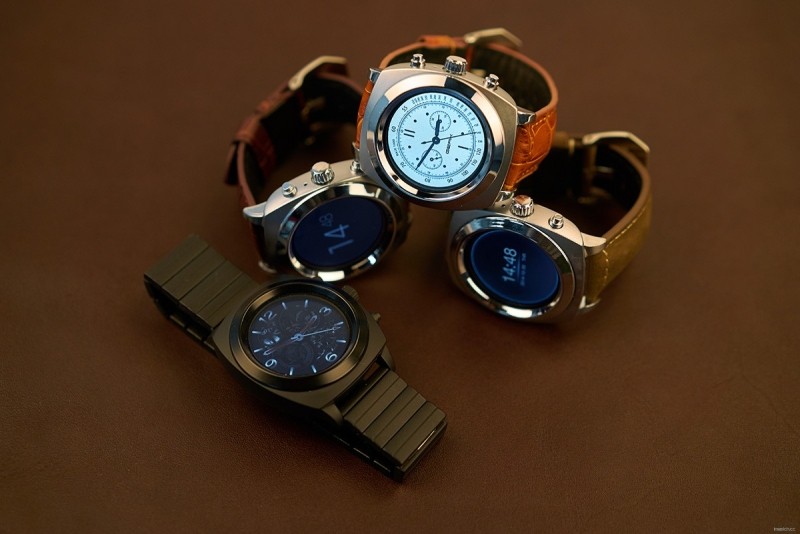One of the many challenges the wearable market faces has to do with battery limitations and physical size. The simple fact is that batteries require a relatively large amount of space and that's not likely to change soon.
In fact, the proportion of space that batteries take up inside our devices continues to increase. Look into the guts of today's notebooks, smartphones, tablets or any other mobile devices and you'll quickly discover that the vast majority of the volume inside any of them is devoted to batteries.
The new Apple MacBook is a great example. While the motherboard has shrunk down to a tiny size, the battery has expanded to fill all the new space that the shrink in the actual computing electronics has enabled. It's essentially a big, cleverly designed battery that comes with a screen.
In the case of wearables, of course, you have the challenge of needing to fit any batteries into a relatively small space. It's a classic tradeoff exercise for engineers---the more battery they build in, the bigger and bulkier the device, but the bigger and bulkier the device is, the less likely people are to want to wear it.
Some wearable makers are addressing the issue by designing devices with an extremely low power screen or even no screen at all because the screen is the largest consumer of battery power in most devices---particularly wearables. By doing so, they can build a device with a modest size battery (and, therefore, a modest-sized device) and still get days, weeks or even months of battery life.
Others, like Apple, are choosing to build in a high-quality screen on their wearable, but require people to charge their device every night because they could only build in a battery big enough to last one day without making the device too large and cumbersome.
This dilemma and these compromises are leading engineers and product designers to search for new ways to power their devices while living within the realistic physical constraints of where battery technology is, and likely will be, for several more years. The trick won't necessarily be how to fit a bigger battery in, but rather, figuring out how to continually charge the battery that is there so that it can last longer between recharges.
The trick won't necessarily be how to fit a bigger battery in, but rather, figuring out how to continually charge the battery that is there so that it can last longer between recharges.
Ironically, one of the ways that's being investigated actually comes from the world of traditional, mechanical watches. Essentially, all the mechanisms used inside high-quality Swiss watches leverage the kinetic motion of your body. As you move your arms throughout the day, that motion is used to both power the intricate collection of interconnected parts that make up the mechanism, and to "store" enough energy to keep the watch ticking when it's not moving. This "storage" is commonly referred to as the watch's power reserve and is often measured in the range of 30-70 hours (though it can vary widely). If a mechanical watch's power reserve is depleted, it stops running and you have to manually wind the watch to get the process started again.
Applying the same principle to wearables, you could recharge the battery inside a wearable from your own kinetic motion, thereby extending the life of relatively small physical battery without needing to recharge quite as often. Of course, as with many things, the devil is in the details and the amount of energy that can be harvested from kinetic motion is often very small. Plus, translating that motion to electrical power to charge a battery isn't always super efficient. That's why we don't see a lot of wearables on the market that currently use energy harvesting.
There are a number of companies who are investigating both this and many other more sophisticated types of energy harvesting, however, and I believe these technologies are going to play a critical role in future wearables. As I understand it, the technology is likely going to involve summing together a number of potential energy sources, each of which harvests a tiny amount of energy either from your own body's kinetic motion, the heat your body generates, the physical environment around you (sunlight, air temperature, etc.) and other sources, into a total that starts to become meaningful. And who knows? What's to say that there's anything wrong with winding a smartwatch every now and then and harvesting energy that way?
The physical size constraints and power demands of wearables are likely to be in conflict for some time to come, but with some clever engineering and adaption of old-world ideas, solving some of the challenges of battery life on wearables could arrive sooner than we think. Let's hope so.
